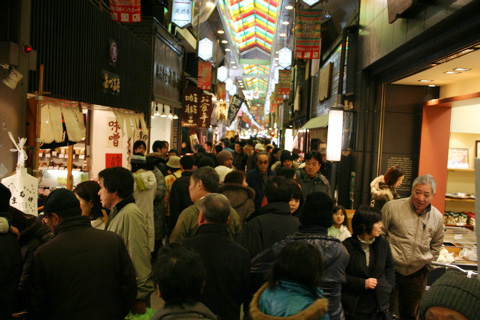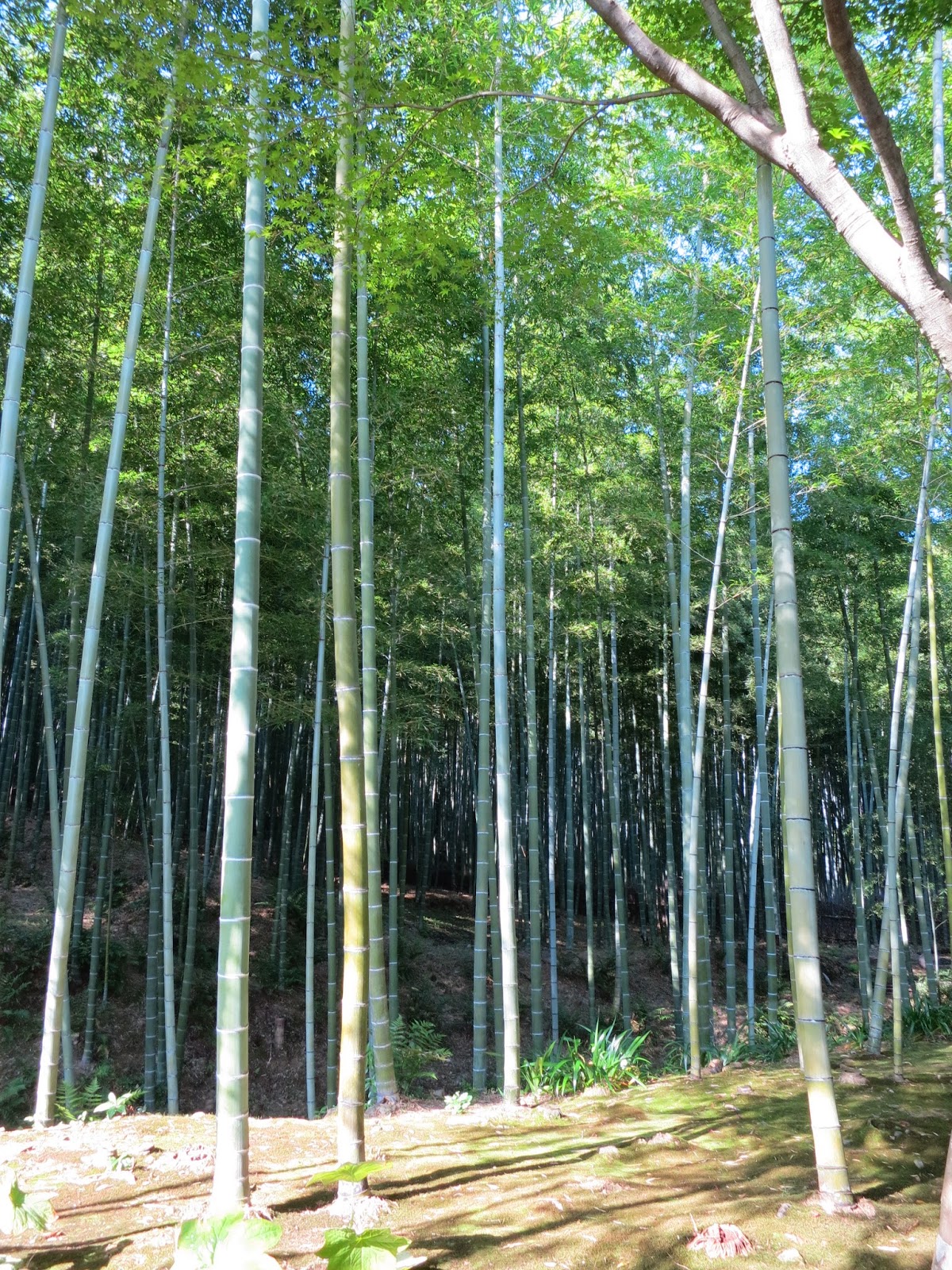Ask the layperson on the street
who is vaguely familiar with Japan what they think of when they consider the
country and more than likely they will name three things: Godzilla, Sushi, and the Golden
Pavillion. Most people in other
countries don’t know much of this eponymous image of Japan save the picture of
it, a building made of gold standing austere above a pond. More than likely there are cherry blossoms
surrounding it, giving a strange and heavenly sense to the building. Yes, the Golden Pavillion is famous, it is
beautiful and synonymous with Japan. I
didn’t want to see it, in fact I took great pains to make sure we avoided the
place regardless.
The original structure was built
by the legendary Shogun Yoshimitsu, and covered in gold leaf as a symbol of his
prosperity. It was destroyed by an arson
fire after 1955 to the current building so synonymously known today. It is also the bigger brother of another
similar building called Ginkakuji or “Silver Pavillion.”
Built by Yoshimitsu’s grandson it is a solemn, somewhat sad reflection on its elder sibling and never gained the silver leaf that would have truly given it such a fitting name. The reason being that construction was delayed due to a war that would destroy not only Kyoto but the dynasty of Yoshimitsu.
Built by Yoshimitsu’s grandson it is a solemn, somewhat sad reflection on its elder sibling and never gained the silver leaf that would have truly given it such a fitting name. The reason being that construction was delayed due to a war that would destroy not only Kyoto but the dynasty of Yoshimitsu.
Ginkakuji is the more uniquely fitting of the two structures, the one with the
greater story. The golden pavilion is a
gaudy, self-absorbed building built by a great man in the height of his
power. The silver pavilion was built by
another man, seeking greatness, and finding only destruction. Despite this, of the two, the Silver
Pavillion is the original, it blends with nature in its unfinished state rather
than stands out from it.
(Main structure, with the pond and reflection)
(Sagano Neighborhood)
Ginkakuji sits in the district of
Higashiyama, the same area with wooden houses and narrow streets which we had
walked through on our way from Kiyomizu.
The Silver Pavillion perfectly encapsulated everything about Japanese
temples and shrines that we experienced.
I think my Dad put it best. "You
are close to everything, and yet removed from it."
That is the spiritual core of Japan in a nutshell. When you step through torii, or along pathways or gateways into any temple or shrine, you leaves the known world behind.
That is the spiritual core of Japan in a nutshell. When you step through torii, or along pathways or gateways into any temple or shrine, you leaves the known world behind.
Temples are a different world,
usually, from the hubbub of daily society.
They may have shops and stalls, crowds of people, but they are best when
you are alone, unto yourself. It is
there, in that sense when you are an island in the sea, that the spirits speak
and the past unfolds. Japan’s spiritual
heart is heard beating, even as it feeds the modern society of tall skyscrapers
and the hurried paces. I can see why the
Japanese treasure these places. They are
the escape, the sanctuary and the solace they desperately need, a return to
simpler time and space.
(Temple entrance of Ginkakuji)
Entering Ginkakuji Temple
grounds, we were greeted by a group of gardeners still tending to leaves and
twigs as they swept them into their piles.
So fastidious these people are, these caretakers of a legacy, and they
work even as you pass nearby as if you were never there. The whole of the temple grounds encompasses
the pavilion itself and perhaps the most beautiful garden we visited the entire
trip.
The silver pavilion is not an ornate or gaudy building, but rather very simple and unassuming. Two stories tall, its only true embellishment is a golden phoenix on the top. The rest is smooth, worn wood paneling, windows and round embellishment’s like onions on the siding.
The silver pavilion is not an ornate or gaudy building, but rather very simple and unassuming. Two stories tall, its only true embellishment is a golden phoenix on the top. The rest is smooth, worn wood paneling, windows and round embellishment’s like onions on the siding.
(Gravel sea meant to invoke tranquility.)
Wherever you go in the garden,
the pavilion is there, reflected in the pools, peeking from around walls or
over trees. It’s a welcome sight. Following this, is the smoothed gravel rock
garden, resembling a smoothly rippling sea flanked by a cone of gravel in the
shape of Mount Fuji. This is an
intentional design. I have no idea how they made the shapes, let alone retain them.
(The "Fuji Mound" so named because it bears a likeness to Mt. Fuji. This is supposedly for moon viewing.)
(The main structure with the Fuji Mound and gravel sea in the foreground)
(Narrow bridge to the structure)
The garden is populated by rocks,
pines, and flanked in the back by a forest of bamboo. As with other gardens we visited, there was
abundant water, trickling and tickling the senses. It’s a large place, but with a certain sense
of sincere intimacy. At several points
you can climb up and take in a view of garden, pavilion and the city
beyond. We stayed a good while in
tranquil surroundings before making our way along the Philosopher’s path.
(Ginkakuji blends into the trees, with the surrounding neighborhoods of Higashiyama and Sagano in the background)
This walkway follows the canals
through residential neighborhoods and beside equally famous temples, though we
only visited one or two in passing. The
houses here were larger, more luxurious than anywhere else we’d visited. As with everywhere in Kyoto, the presence of
water leant a sense of timelessness and abundance. We followed the canals along to the main one
which feed into Kale Biwa near the Kyoto Zoo.
The only temple of note was Nanzenji, which had a huge gate famous for
the thief Goemon visiting it.
(Nanzenji Gate)
(Sagano Neighborhood)
In all, the walk became a solemn
reflection for me that our journey was at its end, though this was not the last
thing we did.









































































